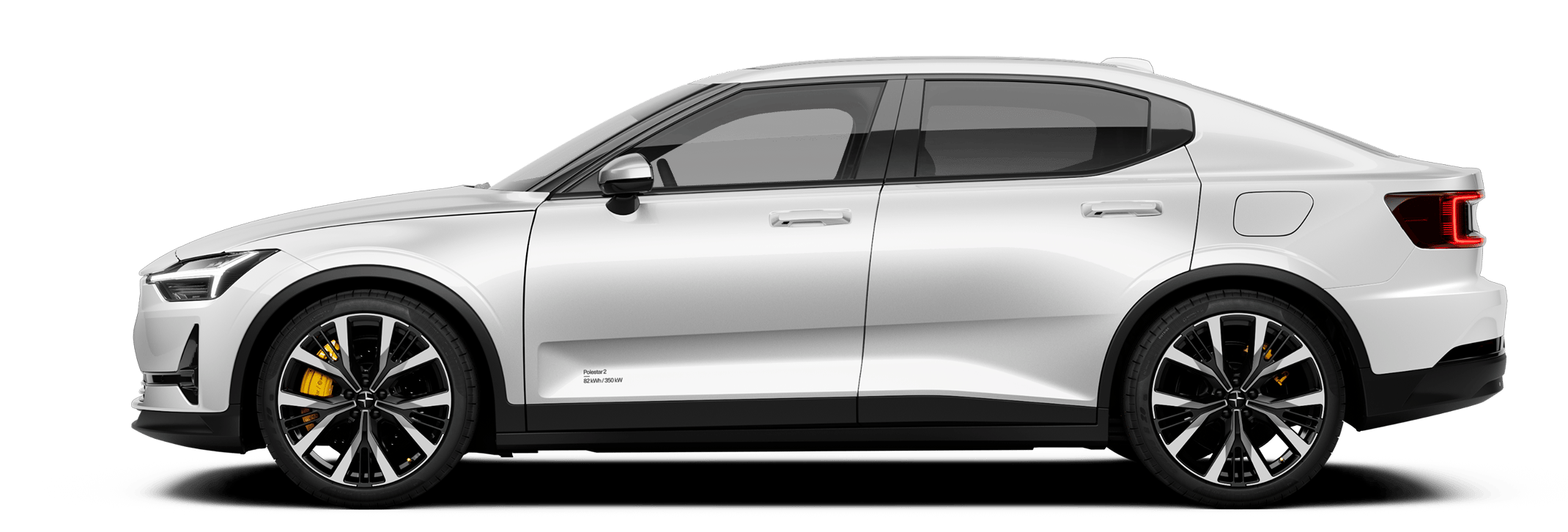The complex relationship between leather and sustainability
To reach climate neutrality we have to start from the beginning. Rethink and redo. Explore, develop, and compare. When choosing materials, and how to design with them, sustainability has to be top of mind. It can’t be achieved at a later stage of the process. It must be ensured from step one.

But first things first. What counts as a sustainable material and how does one define it? According to Rutgers, a material is sustainable if it “can be produced in required volumes without depleting non-renewable resources, and without disrupting the established steady-state equilibrium of the environment and key natural resource systems”.
Some industries have a lot of catching up to do when it comes to sustainability. Others are leading the way, such as fashion. Many companies within the fashion sphere are in the process of exploring, developing, and using, new, sustainable materials in their products, such as algae, mycelium, and cactus.
One material has remained a constant over the years, both in fashion and automotive, due to its inherent quality and functionality credentials: leather. But the need to replace leather with a more sustainable option is clearer than ever due to risks of violations of animal welfare, environmental pollution, climate emissions, and a growing population of vegans. Therefore, leather-like materials are rapidly becoming more popular, with more than twenty different kinds of leather options to be found on the market today. Some are made from natural materials like pineapple, mushroom, and bark, while others such as PVC, microfiber leather, and PU are plastic-based.”At Polestar, we are closely following developments around new alternatives to leather”, says Head of Sustainability Fredrika Klarén. “Unfortunately, these materials do not work for car seats at this moment, as they don’t meet our tough requirements for lifetime durability, wear and tear. The fashion industry has other opportunities to test these materials early on, as the quality requirements and lifespan of their products are different from ours. However, we are currently adding more innovative materials to our portfolio and researching a sustainable alternative to leather, to hopefully implement in our cars one day”.
Even though the market for plant-based materials is growing (pun intended), it is still evident that the best quality leather alternatives aren’t yet as durable as genuine leather, which is natural, durable, adaptable, and breathable. And with proper care, it might even last a lifetime.
According to a conscious fashion report done by Lyth’s, vegan leather has about 33,100 monthly searches online, a number that keeps increasing. It also states that the demand for eco-friendly vegan leather has gained some popularity as well, which suggests that consumers are becoming more conscious of the fact that vegan isn’t necessarily synonymous with sustainable.
“Within the automotive industry, there are usually talks about using PVC as a vegan alternative to leather”, explains Klarén. “But a complete switch from genuine leather to a plastic-based option would increase the use of PVC, which would lead to negative effects on the environment, both in manufacturing and at end of life”.
“While we continue working to find an alternative to leather, as the fashion industry has done, we choose to use this high-quality by-product from the food industry”, she continues. “It’s both traceable and welfare-approved, and the most sustainable option available to us right now”.
Sustainability starts at the very beginning. Steps five and six in the process of making a product won’t be sustainable if step one isn’t. That’s why using, developing, and exploring new materials, which are sustainable throughout their entire life cycle, is the only way forward.








